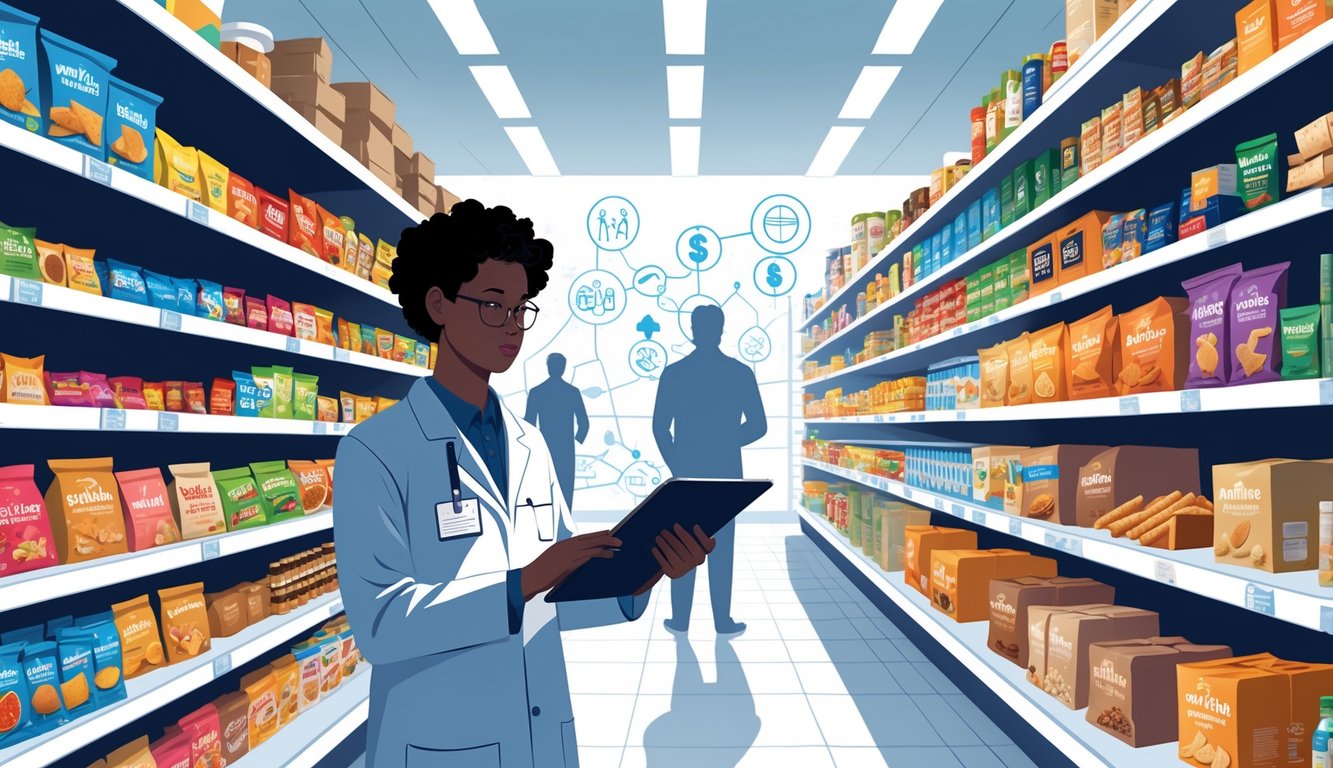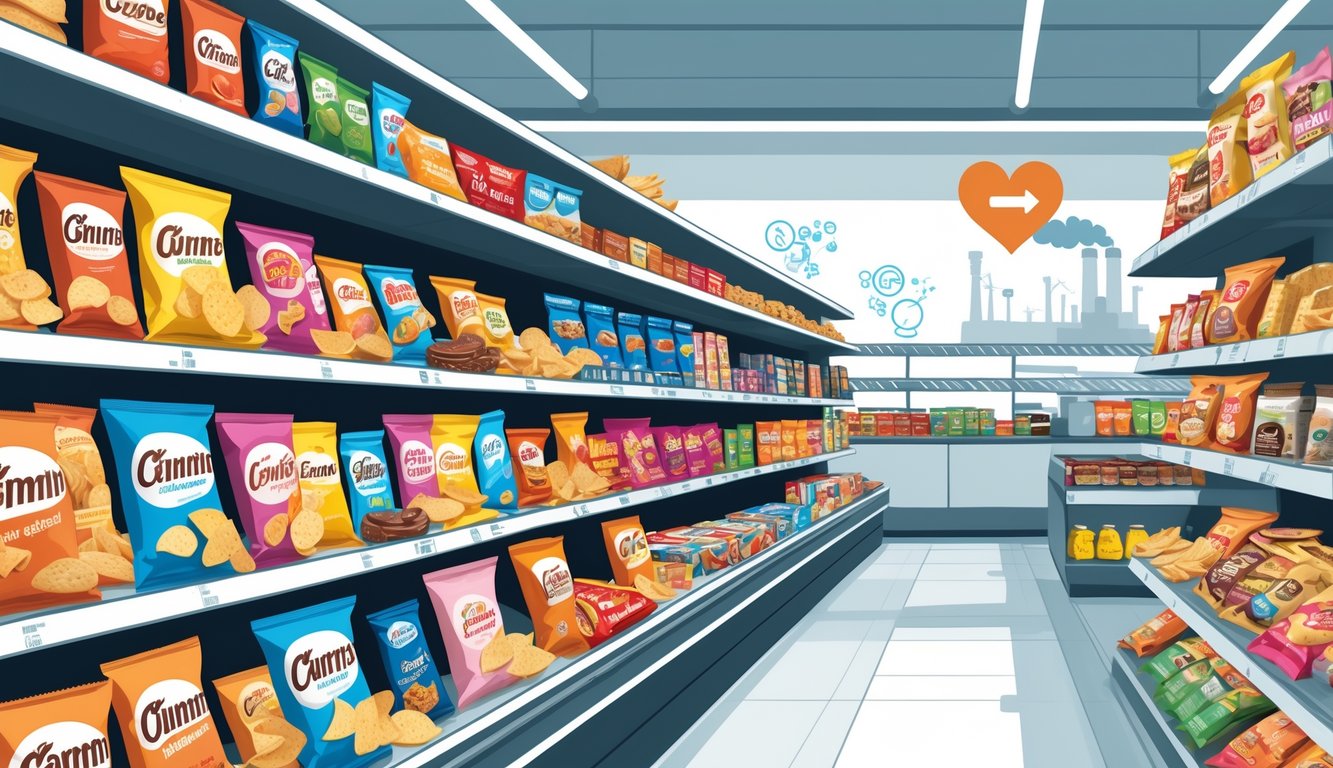
Ingredient Lists and Food Label Transparency
Spent ten minutes staring at a snack label last week—my coffee got cold, nobody else cared. Ingredient list took up half the bag. Reformulations don’t always mean “cleaner” snacks. Sometimes the order of ingredients changes, sometimes it’s just the names. Nobody wants to take credit for that.
Understanding Ingredient Lists
So, by law, ingredients go in order by weight. Sugar at the top? Bad sign. But then, “evaporated cane juice” pops up three lines later—who decided that counts as transparency? Ingredient lists aren’t random; they’re a maze. Nutrition Facts panel sits there, but the real action is in the fine print, which changes every time a recipe does. Sometimes it’s for safety, sometimes it’s just to save a buck, rarely for us.
“Natural flavors” can be anything. Brands swap out artificial colors for “clean label” options, then sneak in new sweeteners. Surveys say 70% of people think they can trust labels, but I see way too many carts full of stuff with ingredient lists longer than my arm. The only thing that’s actually clear is the plastic window on the bag.
Hidden Additives and Fillers
“Hidden” doesn’t mean invisible—it means disguised. Bought granola crisps last month: oats, nuts, honey…then maltodextrin, soy lecithin, cellulose gum. Is this food or a science project? Nobody at the store explains why everything needs fillers. Supposedly, they make snacks last longer, cost less, or feel nicer in your mouth. But every time, it’s another hit to health, sugar, sodium, whatever.
FDA doesn’t ban most of this stuff—they just want it on the label. “Modified food starch”? One scientist told me it’s just regular starch that survives freezing, but it still feels sketchy. Gums, synthetic antioxidants, they’re in bread, chips, even “natural” bars. Nutritionists say check labels for these, but who has time for a science lesson at 7pm?
Recent Recipe Changes
Recipe roulette is real. Last time I bought cheddar snack mix, suddenly it had canola oil and pea protein. Nobody advertised it, just changed the label. Reformulation is big business—sometimes it’s about cost, sometimes it’s the latest diet trend, sometimes it’s just a new law. Northeastern’s GroceryDB says nearly 70% of supermarket foods are “ultra-processed.” Like anyone can spot that in a three-second scan.
Manufacturers tweak recipes for price or consistency, sometimes after a supply chain mess—like that palm oil shortage. Reformulations might remove allergens or preservatives, but usually just swap in something “natural-sounding” that does the same thing. “Whole grain” on the box? Sometimes it’s just brown rice flour moved up the list. If labels seem to change every few months, you’re not imagining it.
Ultra-Processed Foods and Snack Categories

Honestly, it’s wild how much is hiding in plain sight. Most snacks in US supermarkets—stuff I grew up eating, stuff I grab on autopilot—are “ultra-processed.” It’s not even subtle. Additives, colors, thickeners, sweeteners, the works. The difference between these and anything homemade? Actually kind of shocking, if you stop to look. But who has time for that?
Defining Ultra-Processed Snacks
Honestly, I can’t keep up anymore—snack labels are a blur. Every week there’s some new “yogurt puff” or “baked” chip that looks healthy until you flip it over and, boom, right at the top: some wild modified starch or “natural flavoring” that sounds like it came out of a lab. What even is “polyglycerol polyricinoleate”? I don’t know, and I’m not sure I want to. Nutrition studies (BMJ, NOVA, whatever AI is doing now) keep calling ultra-processed foods these factory-made Franken-snacks, all churned out by machines and chemistry sets. Emulsifiers, hydrolyzed proteins, preservatives—yeah, that’s the “recipe.”
Supposedly, three out of four packaged snacks in a regular supermarket are ultra-processed (medRxiv 2024—yep, I checked). A dietitian I follow on LinkedIn once said, “If you can’t make it with stuff in your kitchen, it’s probably ultra-processed.” That stuck with me. Next time I try to pronounce “soy protein isolate,” I just give up. It’s not gonna happen.
Common Categories in Supermarkets
One day I tried to map out the supermarket snack section. Immediate regret. It’s chaos—so many boxes, but, honestly, most of them are just the same five or six ultra-processed categories fighting for attention. Cookies and packaged pastries—obvious. Palm oil, invert sugar, colors that would freak out my grandma. But then there’s the sneaky “healthy” stuff: savory crackers, protein chips, sweetened dried fruit, those weird shelf-stable dips (the “spicy cheese” spread is basically a chemistry project), and “nutrition” bars that taste like sadness.
Even almond milk and oat milk are loaded with gums and stabilizers—seriously, why does oat milk need to last six months? The list is endless:
- Sugar-sweetened drinks
- Candy bars
- Flavored yogurt “treats”
- Microwave popcorn
- Jerky sticks
All classic examples, right? And then there’s the “protein brownie”—23 grams of whey, three kinds of fake sugar, tastes like cardboard. That medRxiv study says 70% of supermarket foods are ultra-processed. Sometimes I can’t tell if I’m in a snack aisle or a science fair. Shelf life wins, flavor loses.
Comparison With Minimally Processed Foods
So there I am, standing in line with a protein cookie, realizing the “minimally processed” stuff is mostly shoved to the store’s edges—produce, eggs, plain dairy, nuts that aren’t candied. Not cheap, not always easy to get (especially if you don’t live in some fancy zip code). Real food: apples, oats, plain yogurt, uncoated nuts, maybe hard cheese if you’re lucky.
Honestly, nutrition science finally agrees on something: less processing = fewer weird chemicals, more fiber, you actually stay full, and you don’t get that “I just ate air” crash. But who’s advertising for Brussels sprouts? Nobody. Ultra-processed snacks get all the ad money, and it shows.
Let’s be real—nobody’s cutting out processed food 100%. Every dietitian I actually trust says perfection is pointless. Just figure out what’s in the snacks you eat most. If you want to eat shelled peas on your couch or boil eggs at midnight, go for it. But who keeps that up for more than, what, a week?
Nutritional Properties of Everyday Snacks
Barely survived last week’s grocery run and half the snacks are already gone. What’s even in these things? Ultra-processed foods make up about 70% of the U.S. food supply (I heard that in a study, and, wow, that’s a lot). The nutrition labels? Tiny fonts, big problems—calories, saturated fat, sodium, and sugar hiding everywhere, like someone’s playing a prank.
Calorie and Nutrient Content
Calories—always there, always mocking. Single-serve chips say “150 calories,” but the bag’s three servings. I’ve done that math too many times. Teresa Fung at Harvard followed 63,743 women for 26 years and found that snacking a lot isn’t just about your waist—it’s about frailty, too. Fun.
Ultra-processed snacks? Energy density is off the charts. “Hydrogenated snack bars” are over 400 calories per 100g, barely any fiber or protein. Minerals? All over the place. I once grabbed yogurt thinking I was a genius, then saw the “fruit” was syrup and the calcium was basically nonexistent. Cheap oils, starch, fake flavors—sure, you get energy, but not much else.
My dietitian friend (she’s obsessed with B vitamins) says hummus and carrots beat any vending machine granola bar for nutrients and satiety. I mean, she’s not wrong, but sometimes you just want the bar.



